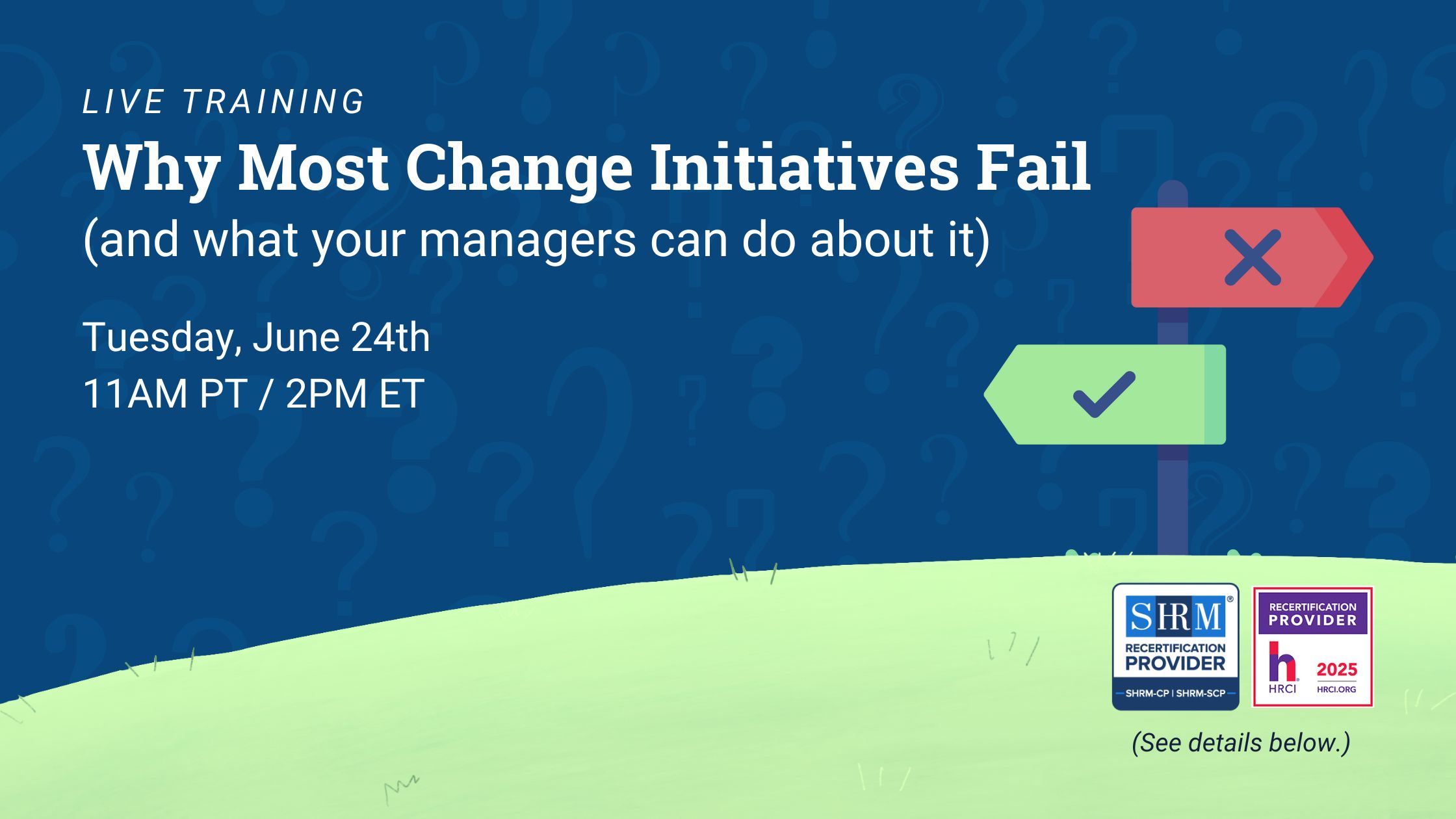Coffee badging is a workplace trend in which employees briefly appear at the office, often just long enough to grab a coffee and interact with colleagues before leaving the premises to tackle things remotely.
The term “coffee badging” refers to the act of employees swiping their badges or marking their attendance, symbolically earning their “badge” for the day without spending significant time in the office.
The practice emerged as a response to post-pandemic return-to-office mandates. Workers comply with physical presence requirements while maintaining the flexibility they enjoy during remote work periods.
According to an Owl Labs survey, 58% of workers admit to coffee badging, while another 8% would consider trying it.
But here’s the tricky part. While coffee badging allows for some face-to-face interaction and visibility within the company, it can also impact collaboration, productivity, and office company culture.
Employers are now challenged to address this trend by reassessing their workplace policies and finding ways to create meaningful in-office experiences that encourage employees to engage more fully with their work environment.
What Are Some Reasons Why Employees Might Engage in Coffee Badging?
Several factors contribute to the coffee-badging trend:
Desire for flexibility
Employees seek to balance company expectations with their preference for autonomy and work-life balance. This approach enables them to maintain control over their work environment while still adhering to in-office mandates.
Cost-saving
By limiting office time, workers can reduce daily expenses associated with commuting, meals, and dependent care. This is particularly appealing as many employees have grown accustomed to the financial benefits of remote work.
Productivity
Some employees find they work more efficiently in environments outside the traditional office setting. They can focus on deep work without office distractions and align their schedules with their productivity peaks.
Silent protest
Coffee badging can serve as a form of passive resistance against rigid return-to-office policies. It allows employees to express dissatisfaction with company culture or work arrangements without engaging in direct confrontation.
Commute avoidance
Many workers have long commutes, and coffee badging helps minimize the time and energy spent traveling to and from the office, allowing for greater work-life balance.
Social interaction
Coffee badging provides an opportunity for face-to-face connections with colleagues without committing to a full day in the office. This satisfies employees’ need for social engagement while maintaining their preferred work style.
Compliance with policies
Employees can meet the minimum requirements for physical presence in the office while continuing to enjoy the benefits of remote work. This ensures they adhere to company policies without compromising their work-life balance.
Work-life balance
This trend allows workers to better manage personal commitments and reclaim time for themselves. By selectively engaging in office presence, they can prioritize both professional and personal goals.
Generational preferences
Millennials, who have adapted well to hybrid work models, are more likely to engage in coffee badging compared to other generations. This reflects their preference for flexibility and modern work arrangements.
Gender differences
Per the Owl Labs study, men are more inclined to participate in coffee badging, with 62% of those engaging in the practice being male. This highlights potential gender-based trends in how employees approach hybrid work models.

What Is the Difference Between Coffee Badging and Quiet Quitting?
Coffee badging and quiet quitting are both workplace trends that reflect employee disengagement, but they differ in focus and execution.
Quiet quitting involves employees doing the bare minimum required in their jobs without going above and beyond. It’s primarily about limiting work effort and productivity. In contrast, coffee badging focuses on physical presence in the office, where employees briefly appear at work, often just long enough to be seen, before leaving to work elsewhere.
While quiet quitting is about work output, coffee badging is a response to return-to-office mandates, allowing workers to comply with physical presence requirements while maintaining flexibility. Both practices can be seen as forms of passive resistance against workplace policies or expectations.
Coffee badging can be viewed as an alternative to quiet quitting for employees who want to maintain some visibility in the office while still setting boundaries. It allows workers to meet formal obligations while retaining autonomy over their schedules.
Both trends emerged from similar disruptions in work life, with quiet quitting stemming from pandemic-related reevaluations of work-life balance, and coffee badging arising from the push to return to offices.
These practices reflect ongoing tensions between employee preferences for flexibility and employer expectations for presence and productivity in the evolving workplace landscape.
How Can You Prevent Coffee Badging in the Workplace?
To avoid and minimize coffee badging, employers can implement several strategies:
1. Listen to employees and address their concerns
Engage in open dialogues with employees to understand their productivity patterns and identify barriers to office attendance. Learn the specific reasons behind their choices, such as commute issues, work-life balance concerns, or the need for quiet workspaces.
2. Find an optimal work-from-home to work-from-office ratio
Strike a balance between remote flexibility and in-office engagement. Research suggests that working from home two days a week (or on-site) may be ideal for many organizations. However, the right ratio depends on your company’s operational needs and employee expectations. Understanding what team members seek from their workdays is crucial to ensuring they return home energized.
3. Plan on-site social events more frequently
Organize regular social events to transform the workplace into a lively interaction hub. These events can include casual get-togethers, team-building activities, or celebrations. Such gatherings help break up the routine, improve relationships among team members, and create a sense of community and belonging.
4. Offer flexible schedules
Allow employees to choose which days they come to the office or implement a hybrid work model that balances remote and in-office work. This flexibility can reduce the need for coffee badging by giving employees more control over their work arrangements.
5. Compensate for additional expenses
Consider increasing salaries or providing stipends to cover extra costs associated with returning to the office, such as commuting expenses, meals, or childcare. This can alleviate financial pressures that may drive coffee-badging behavior.
6. Create a mentorship program
Establishing mentoring relationships can be a powerful tool to encourage office attendance, especially for junior employees. Mentors can offer guidance, share institutional knowledge, and help mentees navigate their career paths within the organization. Regular in-person meetings between mentors and mentees create a compelling reason for younger staff to be present in the office.
7. Offer professional development opportunities
Providing in-office training sessions, workshops, and guest speaker events can significantly enhance the value of time spent at work. These opportunities for career growth and skill development can be a strong incentive for employees to come to the office regularly.
Consider offering a diverse range of topics, from technical skills relevant to your industry to soft skills like leadership and communication.
8. Implement a rewards system
A well-designed rewards system can effectively motivate consistent office attendance. This approach taps into the psychological principle of positive reinforcement. Consider offering a variety of incentives that appeal to different employee preferences.
For example, you could implement a points system where employees earn credits for each day they spend in the office, which can be redeemed for perks like extra vacation days, premium parking spots, or even small bonuses. Another approach could be team-based rewards, where departments or groups that maintain high in-office attendance rates earn group outings or special privileges. Regularly review and adjust the system based on employee feedback to maintain its effectiveness.
Conclusion
Successful organizations will address coffee badging by creating attractive, flexible work environments, understanding employee needs, balancing remote and in-office work expectations, and fostering meaningful workplace interactions.
The future of work demands innovative approaches that prioritize productivity, employee satisfaction, and organizational goals. By embracing adaptable policies and focusing on outcomes rather than physical presence, companies can transform coffee badging from a challenge into an opportunity for workplace evolution.
INTOO can support your engagement objectives with dynamic career development programming that creates alignment between individual and organizational goals. Contact us today to learn more about our career coaching, training programs, and workshops.











